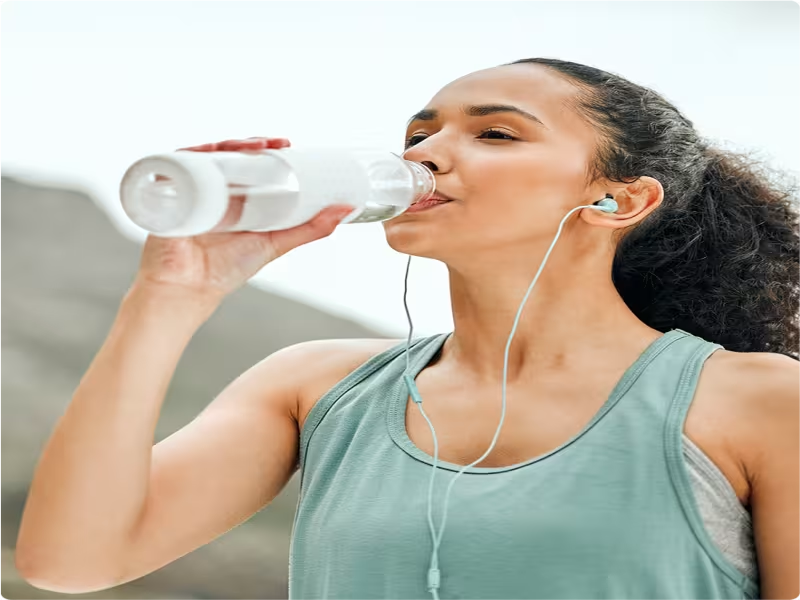
SHERIDAN, WYOMING – May 26, 2025 – If you’ve recently ramped up your home workouts or are just getting back into a fitness routine, chances are you’ve met DOMS – Delayed Onset Muscle Soreness – that achy feeling in your muscles 24 to 72 hours after a tough session. While it may feel uncomfortable, DOMS is totally normal and even a positive sign that your body is adapting and becoming stronger.
Understanding DOMS is the first step to managing it. It’s caused by small muscle tears and inflammation that occur when your body is pushed harder than usual. The good news? It fades with time – and with a few smart strategies, you can ease the discomfort and recover faster.
Stay Hydrated – Your Muscles Will Thank You
Hydration plays a critical role in muscle recovery. Since around 82% of your blood volume is water, staying hydrated helps keep oxygen and nutrients flowing to your muscles, reducing stiffness and speeding up healing.
- Sip water regularly during your workout – every five minutes during cardio or after every set.
- After training, rehydrate with fresh coconut water or an electrolyte drink.
- Steer clear of sugary, salty, or caffeinated beverages that may worsen dehydration.
Get a Massage – Relief You Can Feel
Post-workout massages aren’t just luxurious—they’re effective. Massage reduces inflammation, improves blood flow, and helps muscles relax and heal.
“Massage has been found to play a critical role in reducing inflammation in the body. It also stimulates the mitochondria, the tiny cells that convert glucose into energy, and which are essential for cell function and repair.”
You don’t need a spa appointment either. Lightly rub your sore muscles while applying lotion or in the shower—target calves, hamstrings, quads, and arms for relief.
Increase Circulation – Heat and Compression Help
Boosting blood flow speeds up muscle recovery by delivering nutrients and removing waste.
- Take a warm bath (not hot!) and add 200–400 grams of Epsom salts. The magnesium can reduce soreness and improve muscle function.
- Try compression clothing to gently push blood through your veins, reducing swelling and fatigue.
“Better blood circulation means more oxygen-rich and nutrient-rich blood will be going to the injured muscles, while increased blood flow also helps to wash away the chemical irritants responsible for pain.”
Prioritize Quality Sleep – Nature’s Recovery Tool
Sleep is essential for healing and muscle growth. Your body releases Human Growth Hormone during deep sleep stages, accelerating recovery and boosting performance.
- Aim for at least 7 hours of quality sleep.
- Wind down with deep breathing and turn off screens at least an hour before bed.
- Soaking in a warm salt bath before sleep can further promote relaxation and restorative rest.
“Sleep is a truly regenerative process where your body is able to restore, rebuild and adapt.”
Don’t Skip Active Recovery
It might seem counterintuitive, but gentle movement can do wonders for sore muscles. Light activity increases blood flow, eases stiffness, and helps you bounce back faster.
- Take a walk, do some stretching, or try light cardio.
- End your workouts with a 10-minute cool-down and dynamic stretches like lunges or arm circles.
“Active recovery can be painful to start, but after a few minutes, when the blood gets flowing and the muscles get warmed up, it will usually start to feel better.”
Listen to Your Body and Find Balance
While DOMS is a normal part of fitness progression, pushing too hard can lead to burnout or injury. Tune in to what your body is telling you—rest when needed, and focus on recovery as much as your workouts.
“DOMS is a positive reaction and is an alert from the body to ease off the hard training until you feel comfortable again.”
Finding the sweet spot between effort and rest is key to long-term success. Stay consistent, stay smart, and you’ll reach your fitness goals with strength and confidence.
Learn more at https://www.technogym.com